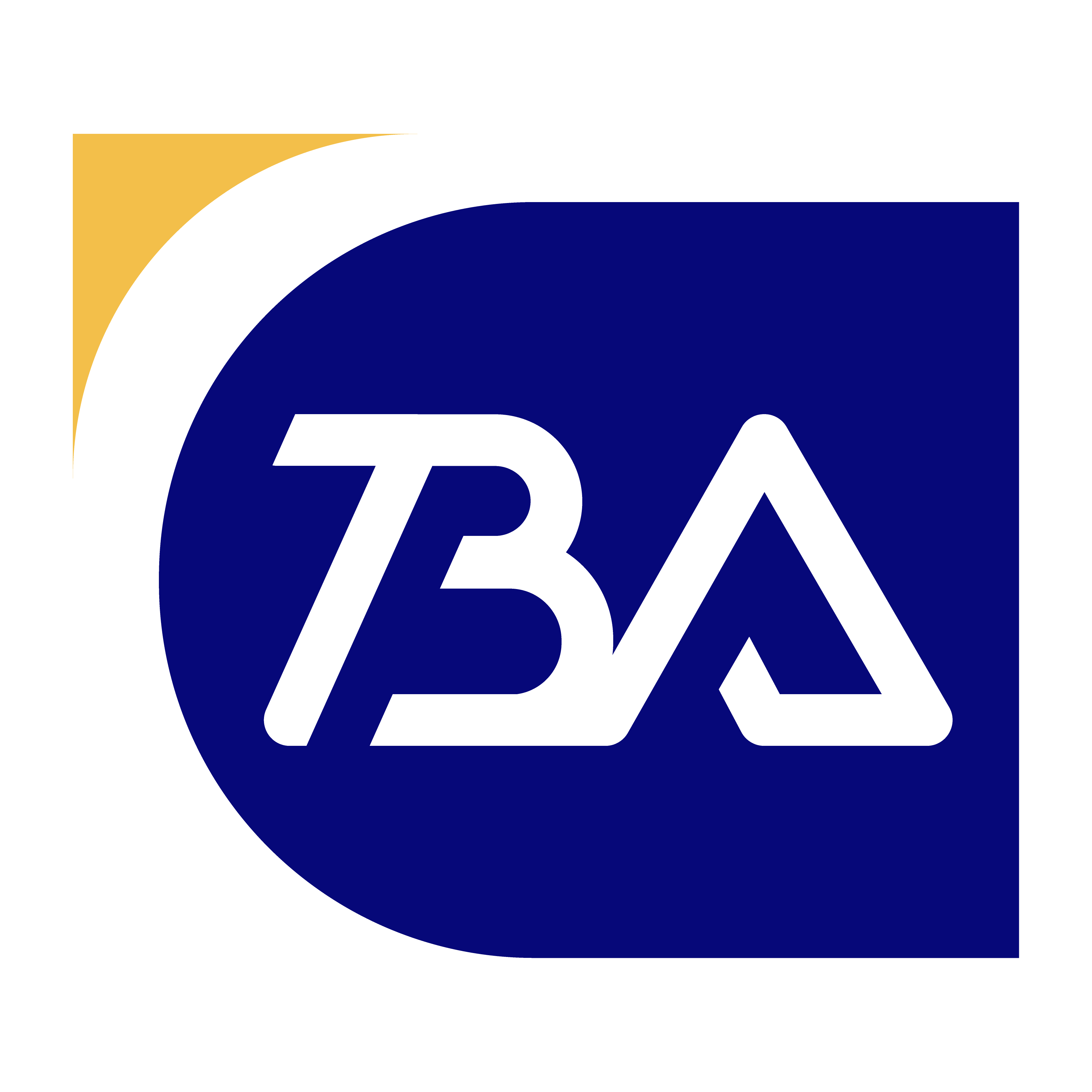HMRC demands repayment of £49,000 in tax relief?
- TBA

- May 17, 2024
- 5 min read
Updated: May 29
Many British companies are likely familiar with Research and Development (R&D) tax relief, which is a very beneficial tax allowance for small and medium-sized enterprises.
Typically, companies that aim to develop new technologies or products face significantly high investment costs. If eligible, such companies can reduce their tax expenditures by applying for R&D tax relief and reinvest the remaining funds into further research and development efforts.
However, HMRC has discovered that among a large batch of past applications, many companies simply did not qualify, and some were even suspected of fraudulent behaviour, resulting in significant losses for the nation. Subsequently, HMRC decided to launch an in-depth investigation into all previous applications. If any are found to be ineligible, repayment notices will be issued.
This move has caused widespread panic, with reports suggesting that many small and medium-sized companies in the UK have begun receiving such notices. One start-up employer mentioned that the HMRC demanded repayment of £49,000 in taxes!
1. An unexpected tax repayment request?
Recently, a British start up named Ocushield faced trouble. The founder Dhruvin Patel stated that his company had developed a new lighting product between 2020 and 2021.
According to R&D tax relief regulations, the product qualifies as an innovative technological product eligible for funding. In 2022, Mr. Dhruvin successfully applied to the tax authority and received a tax relief of up to £49,000.
However, in January 2023, he received a notice demanding repayment of this amount. The tax authorities claimed they re-evaluated his application and found similar products already in the market, rendering it ineligible for R&D tax relief.
This move left Dhruvin utterly confused! He had already invested all the money into product development, so where would he find the funds to repay? More importantly, the founder was adamant that the product he developed is innovative and indeed qualifies for the application!
It’s been reported that the dispute has now been submitted to the courts for further adjudication. The BBC has additionally reported that thousands of UK companies are affected, with many small businesses already receiving notices.
It’s understood that the R&D tax relief was introduced in 2000 to assist start-ups in funding new projects. Yet, there is evidence that many companies have abused this policy. Data from HMRC shows that during the most severe period of the pandemic in 2020-21, errors and fraud in small business tax relief led to losses of over £1 billion.
2. Which companies qualify?

Research and Development (R&D) tax relief primarily supports companies working on scientific innovation projects.
If your project fits the definition of R&D for tax purposes and you’re a UK company liable for corporation tax, you may apply for cash or corporation tax relief through the R&D tax relief scheme.
In the current rules, the structure of this relief benefits both profitable and loss-making companies.
For profitable companies, it reduces their tax liabilities by an average of 25% of their qualifying R&D expenditure.
For loss-making companies, the R&D claim enhances the losses produced. This can be surrendered for a cash credit. The credit is dependent on the company’s previous and future profits. Alternatively, the losses generated by R&D activities can be surrendered to HMRC for cash.
3. What constitutes a ‘qualifying’ R&D project?
According to HMRC, qualifying work for R&D tax relief must be part of a specific project that seeks to achieve an advance in science or technology.
The work cannot fall under the following categories:
Arts
Humanities
Social sciences, including economics
Additionally, the project must be relevant to your company’s industry, whether existing or intended based on the project’s results. When applying, you must explain how the project:
Seeks an advancement in the field
Must overcome scientific or technological uncertainty
Attempts to overcome the uncertainty
Demonstrates why professionals in the field can’t readily solve it
Utilizes specialised personnel in the field and explains the scientific or technological uncertainty involved
4. What expenditure qualifies for tax relief?
You may claim relief on certain costs incurred from the beginning to the end of the project:
Consumables, such as fuel, materials, power, and water
Clinical trial volunteers’ payments for pharmaceutical industry projects
Data licenses and cloud computing costs for accounting periods beginning on or after 1st April 2023
External workers’ costs from providers like employment agencies.
Staff costs, including bonuses, wages, pension fund contributions, and national insurance contributions
Software license fees and a reasonable portion of software costs used during R&D activities
Subcontractor costs, where you can claim 65% of the qualifying R&D costs paid to subcontractors, or 100% if the subcontractor is connected with your company
However, there are expenditures you cannot claim relief on, such as capital expenditure, land costs, costs related to patents and trademarks, and rent or business rates.
5. What types of tax relief are there?
Before the 1st April 2024, there are two types of R&D tax relief depending on your company’s size and whether your project is subcontracted or grant-funded, or both.
SME R&D Tax Relief: This is available for small or medium-sized enterprises that meet certain criteria, providing an enhanced tax deduction of 230% on qualifying R&D expenditure.
R&D Expenditure Credit: Available to large companies and SMEs, this credit allows companies to claim a payable tax credit as a percentage of their qualifying R&D expenditure.
Applying for R&D tax relief in the UK can significantly offset your research and development costs. However, it’s crucial to understand the rules thoroughly before applying and to keep detailed records of all R&D evidence and related costs.
Based on our experience, some examples that may trigger re-investigation include:
Incorrect claims for SME R&D tax relief, when not eligible
Misreporting subcontractor and grant costs
Excessive staff costs claimed
Inclusion of consumables not used or transformed during R&D
Insufficient evidence to support the claim
Projects better suited for commercial advancement rather than scientific or technological advancement
Companies unable to explain complex technical or engineering terms, leading tax officials to misunderstand the true nature of their activities
Foreign companies with subsidiaries in the UK not understanding UK regulations
Taxpayers not thoroughly checking claims or providing accurate information
Fraudulent claims
If you’ve recently received a repayment demand but are certain of your eligibility, you may need to gather further evidence and appeal to HMRC.
If you’re unsure about your eligibility or how to proceed with an R&D tax relief claim, get in touch with TB Accountants for more advice and support.
For individuals and businesses looking for UK taxation services, use our contact form to get in touch for more information.
Get in touch with us at info@tbgroupuk.com or for a free one-to-one consultation.



